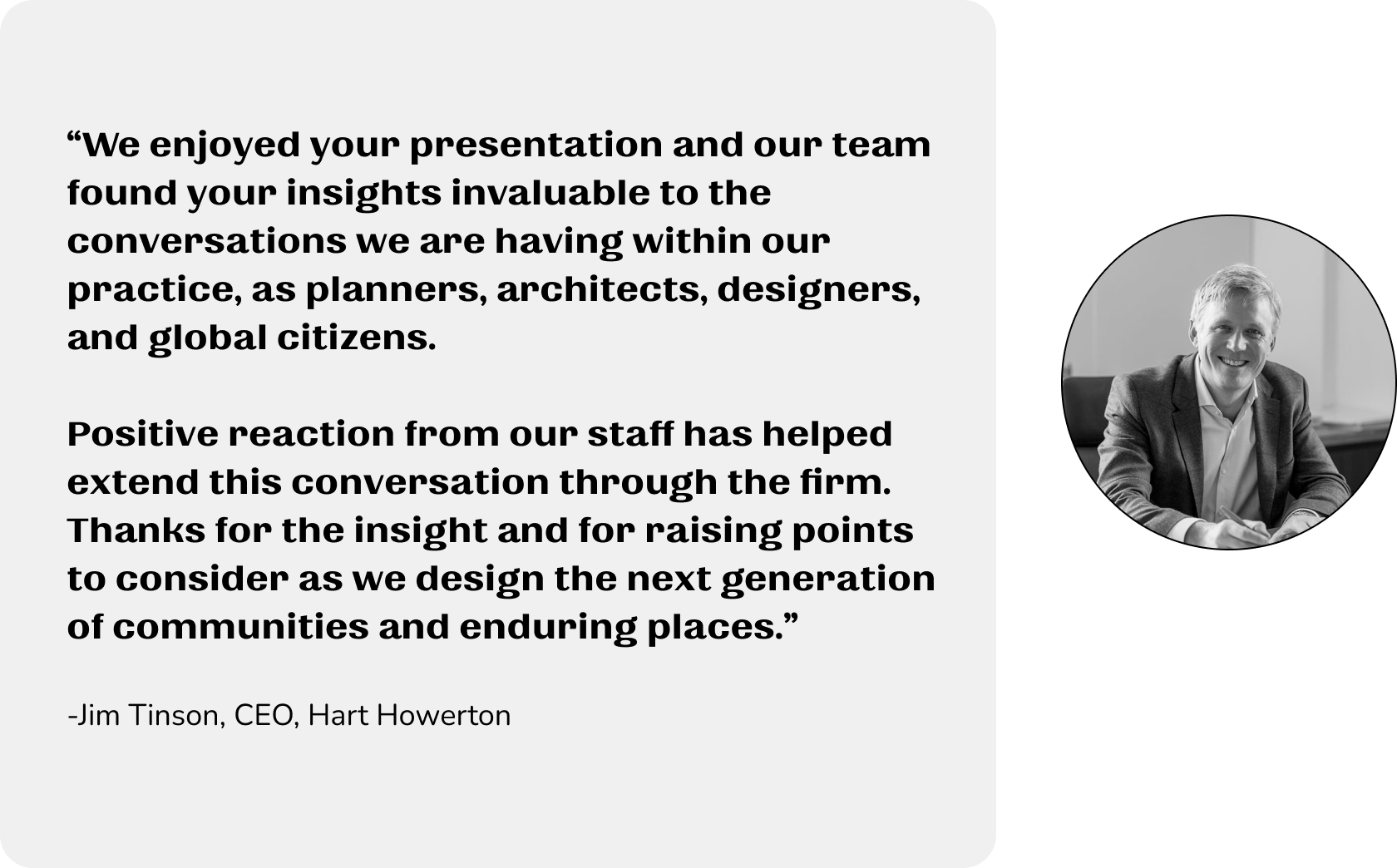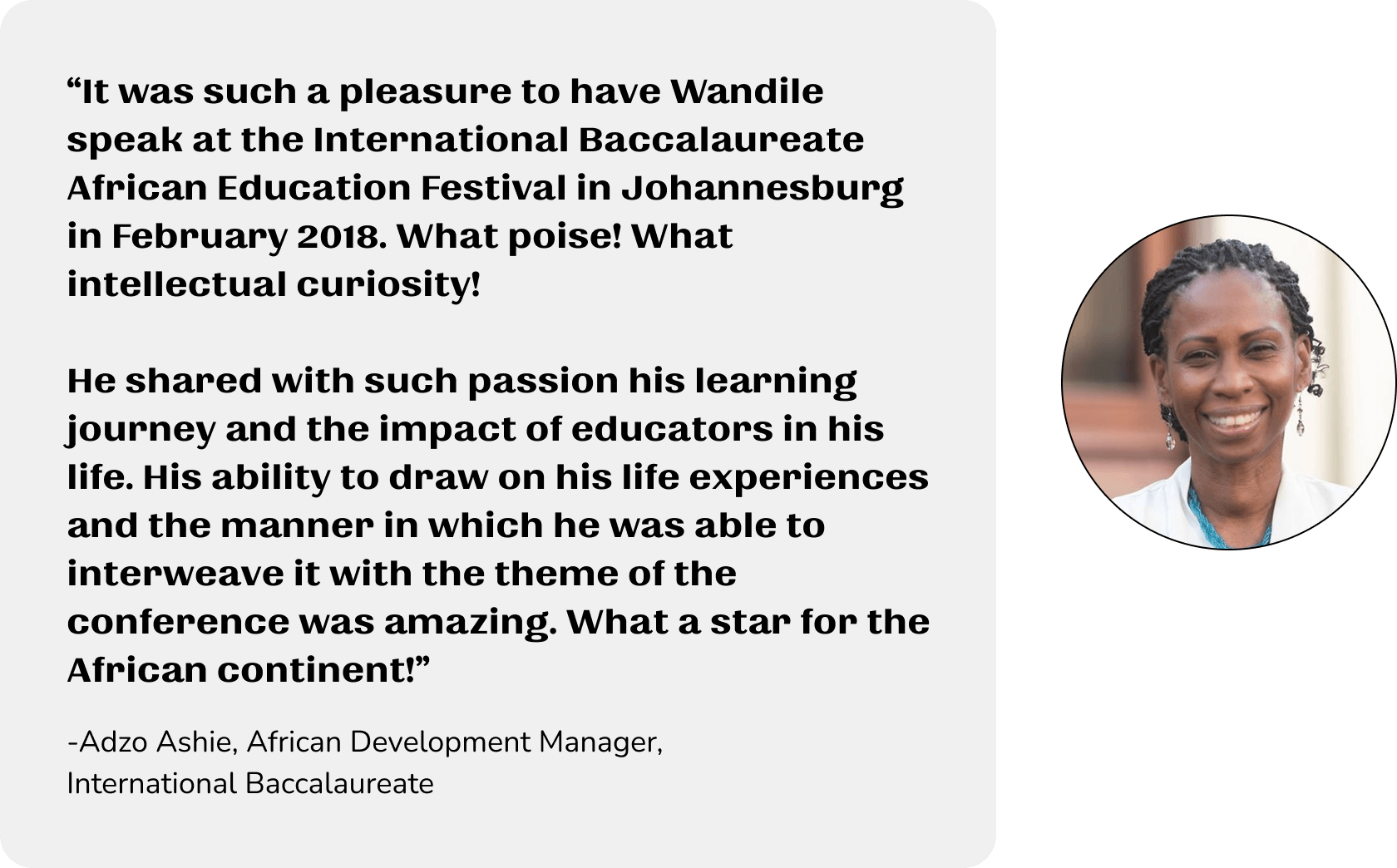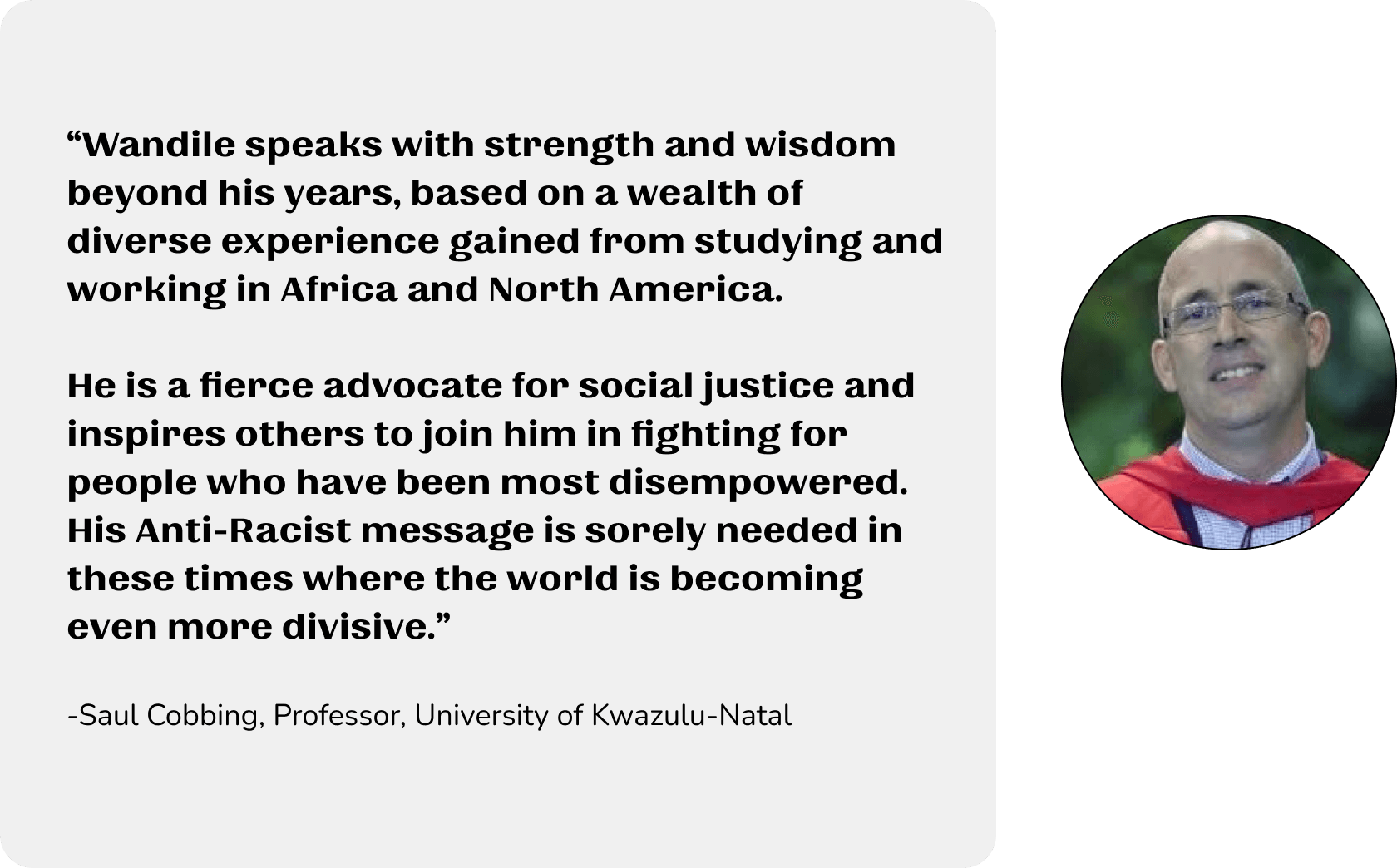Why the Anti-racist Hot Dog?
The Story of Self
Help each member of the company come to terms with their own history with race and how it is influencing them today.
Based on this self-discovery and informed by a co-created aspirational vision, craft a future-looking story of self that offers a constructive trajectory for the full arc of their life. This includes training on implicit bias and microaggressions in the workplace.
The Story of Us
Study the company’s past and present and re-imagine the company’s future together, in order to identify the structural and cultural work that needs to occur in order to inhabit a positive story arc into the future.
This includes an introduction to Racial Healing Circles using the Truth, Racial Healing & Transformation “TRHT” Framework.
The Story of Change
Look outward to identify the needs your organization is uniquely suited to address, and implement a framework for making progress along those lines in accordance with your story arc.
This includes an introduction to outlets and strategies for creating value for clients and societal stakeholders.
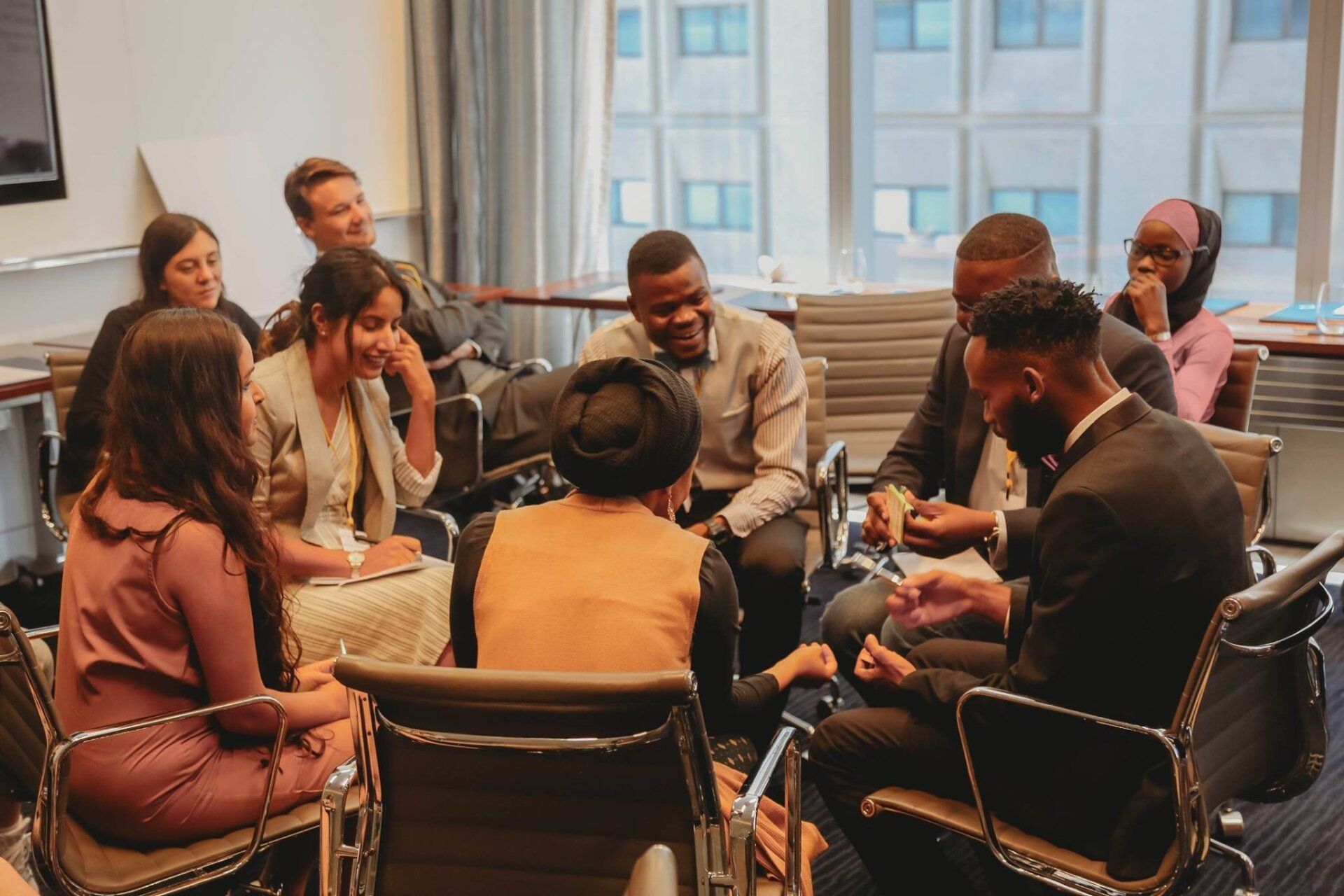
The Cooking Show
- Bias Workshop: Learn about different types of biases and the roles we could play in preventing workplace injustice. Participants will learn skills to address bias from the perspective of each role.
- Story Circles: Build teamwork across cultural differences using a proven method of facilitated experiences. This class engages participants in deep listening, and hear the stories of people they may not otherwise connect with.
- Quantify Bias: Understand how to create a JUST workplace, and develop a system that can identify discrimination— signs that your organization is systematically discriminating against some people while overpromOting others.
- Build Bias-Interrupting Norms:
It’s easy to recognize when other people are biased yet hard to be aware of your own biases. Participants will learn how to proactively identify their own biases and those of others, and how to create a system of accountability.

Cooking Class Episodes
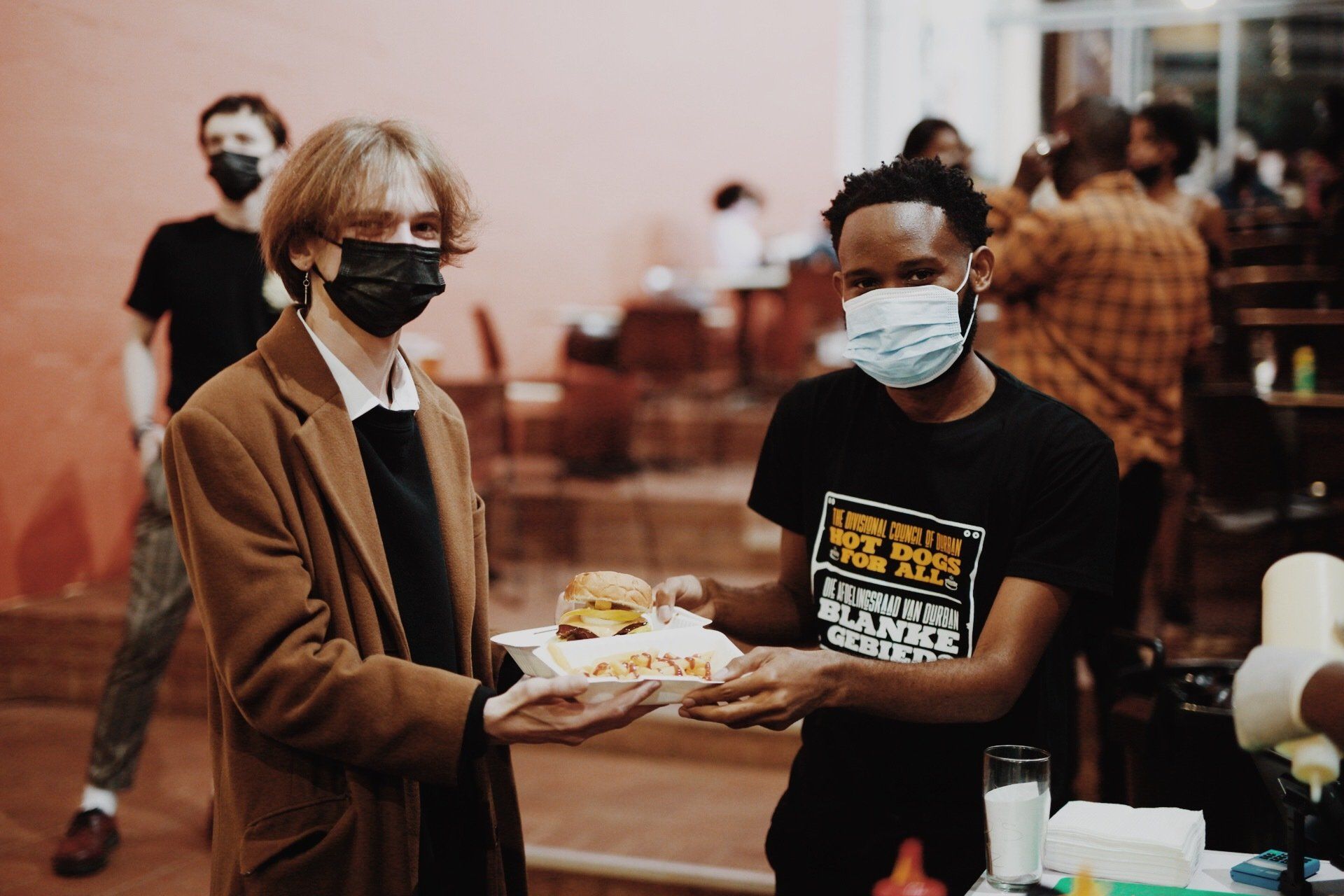
What are people saying?
How it works?
When education about equity is more engaging, it is also more effective!
With the regular use of our carefully curated deck of conversation-starting questions, our program will help employees integrate inclusion into their daily lives over time. Meanwhile, anti-racist strategy and policy consultation meetings will help ensure that the company constructs an equitable framework that is strong enough to last long into the future.
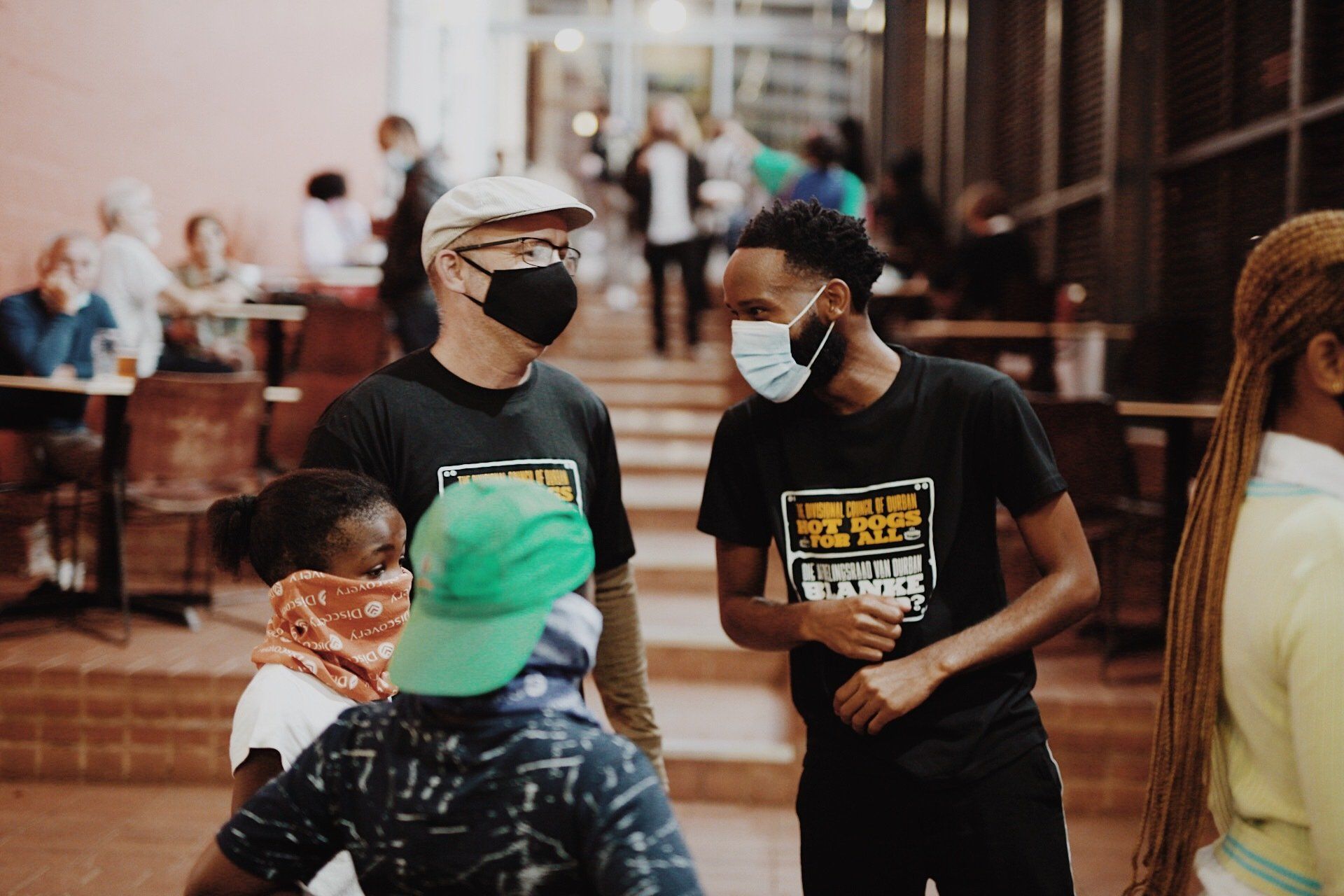
Conversations about race are challenging in any situation. Counterintuitively, the fear of sounding racist or ‘saying the wrong thing’ is a barrier to building a more inclusive workforce. Our immersive events and learning videos are designed to create a brave space where it is easier for participants to engage with the ideas being presented to them actively.
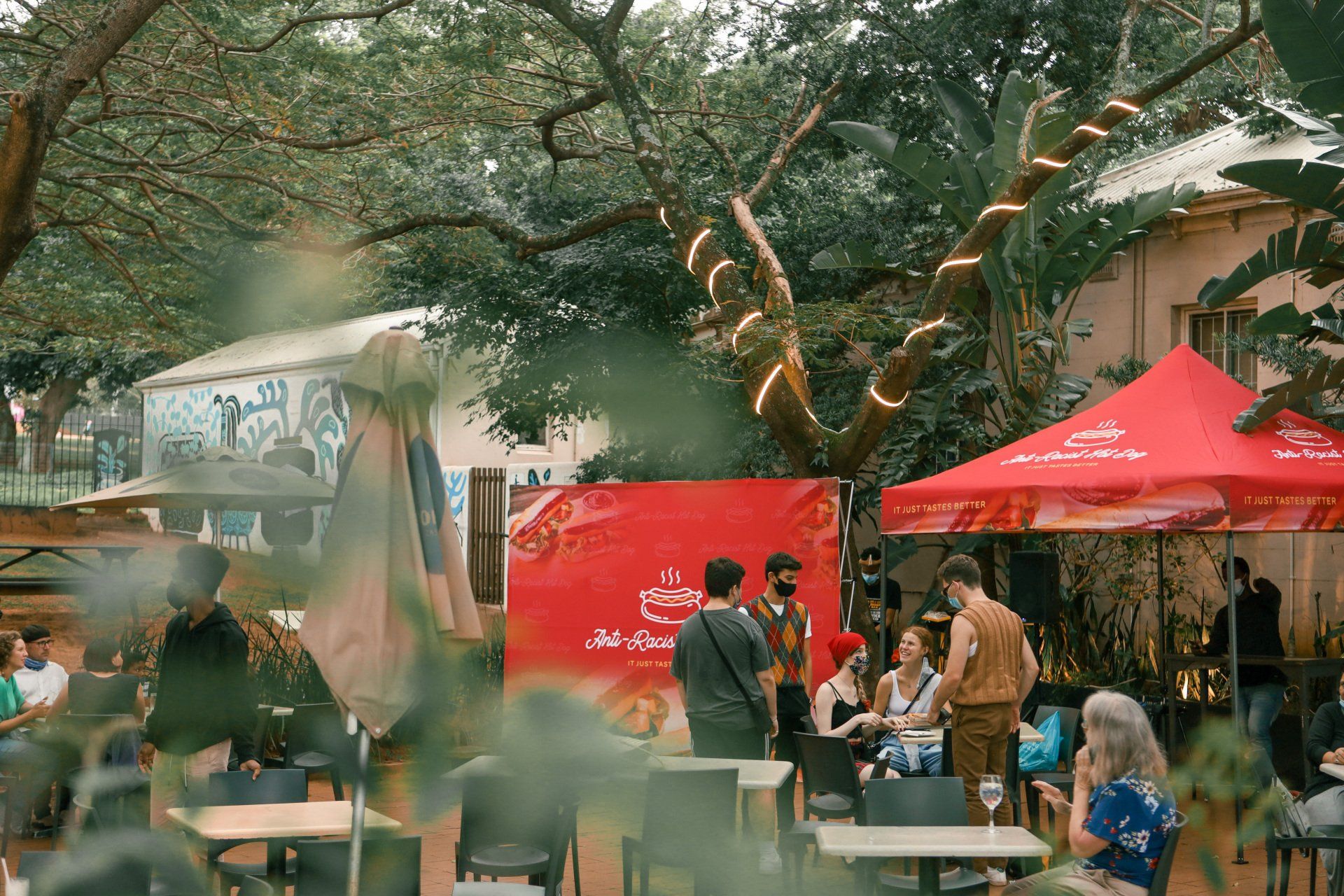
First, we use a survey to gauge your current culture, and then, we use light-hearted music, tasty food, and storytelling to jumpstart the challenging conversations necessary to build a company-wide culture of inclusion.
Over the next six months, our cooking class videos use cultural recipes as a fun pretense to explore vital topics about racism in a memorable and informative format.

